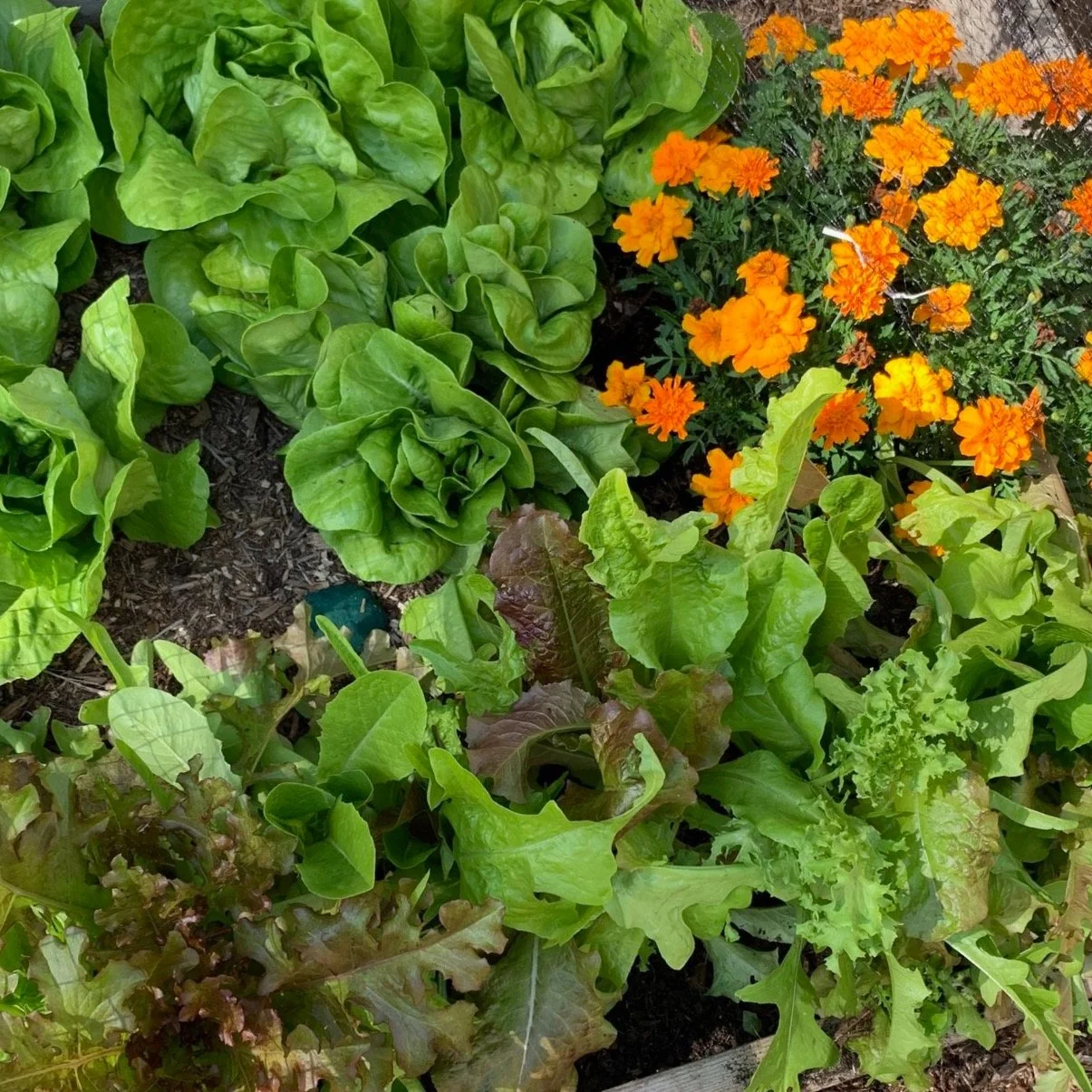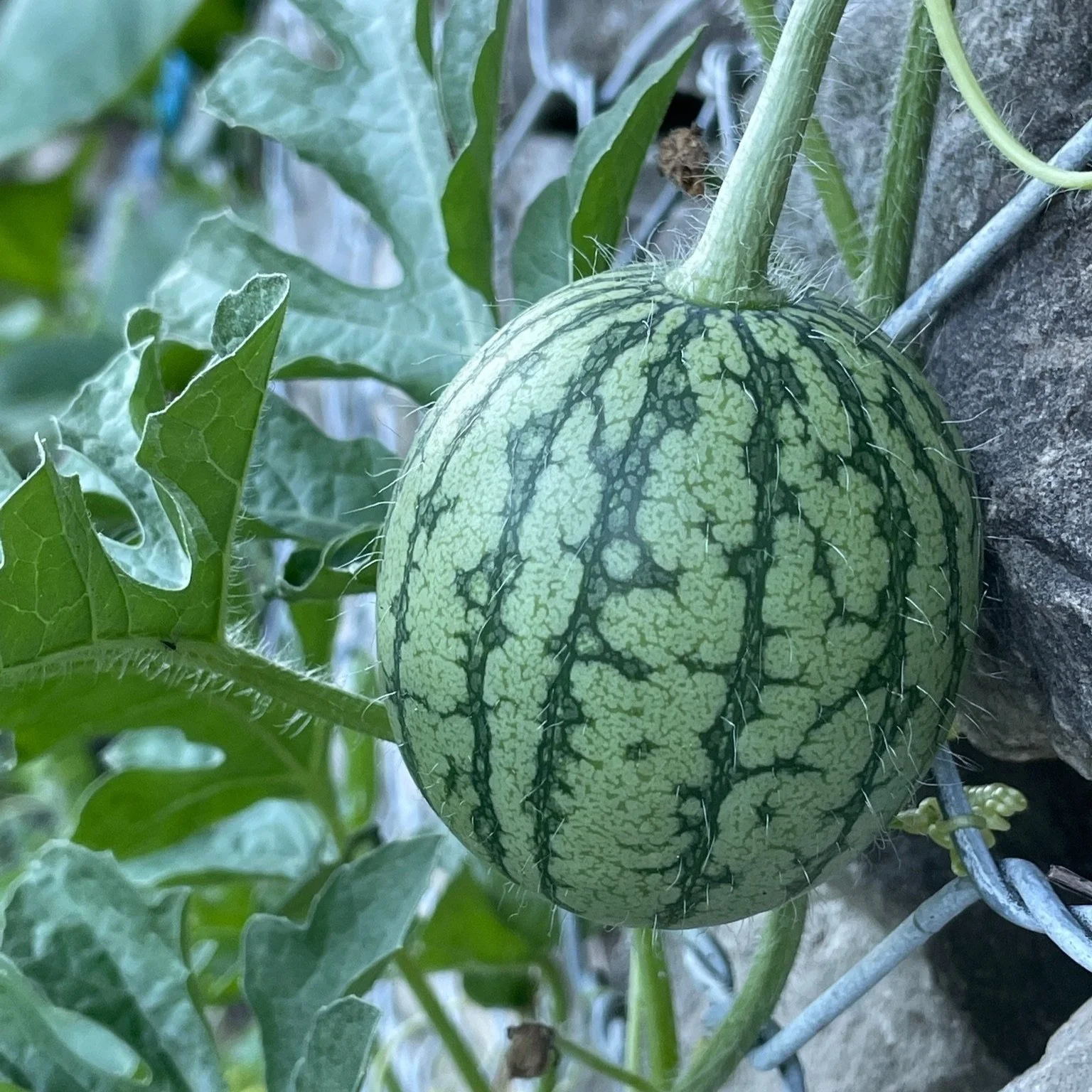Crop Rotation by Nutrient Needs
Grouping by Nutrient Needs
This gardening system is both user-friendly for beginners and highly effective for small to medium-sized gardens. It is based on the principle that different crops have unique nutrient needs, and these needs can be strategically managed through thoughtful crop rotation. By aligning crop placement with the natural cycles of nutrient uptake and replenishment, this system ensures optimal soil health and higher yields over time.
For example, leafy vegetables, which are nitrogen-heavy crops, depend on a steady supply of nitrogen to flourish. A smart approach involves planting these crops in garden beds previously enriched by legumes such as peas or beans. These soil-boosting crops have the unique ability to fix nitrogen in the soil, creating a fertile environment for nitrogen-loving plants. In this method, vegetables are categorized into four main groups: leafy crops, fruits, root vegetables, and soil boosters. Let’s take a closer look at each category:
Leafy Crops
Leafy vegetables require generous amounts of nitrogen for vibrant and healthy growth. These crops are typically planted early in the growing season and can be harvested multiple times, making them an excellent choice for gardeners who want a steady supply of fresh greens. Regularly rotating leafy crops with other types of plants helps prevent nutrient depletion and reduces the risk of pest and disease buildup.
Leafy Crops Include:
Salad greens (e.g., lettuce, spinach, arugula)
Cabbage family members (e.g., broccoli, kale, kohlrabi, mustard greens, collard greens)
Herbs like parsley or cilantro (though not always considered a crop, they share similar nitrogen needs)
Fruits
The fruiting group plants demand a different nutrient balance, relying less on nitrogen and more on phosphorus and potassium to support flowering and fruit production. Potatoes, a member of the tomato family, are included in this category due to their similar nutrient needs and their vulnerability to soil-borne diseases. For this reason, it’s essential to practice regular crop rotation when growing potatoes to minimize disease risks and maintain soil health. By giving these plants the right nutrient balance and growing conditions, gardeners can enjoy abundant harvests of vibrant, nutrient-rich fruits.
Fruits Include:
Tomatoes
Peppers (sweet and hot varieties)
Cucumbers
Squash (summer and winter varieties like zucchini and butternut)
Eggplants
Melons
Potatoes (part of the nightshade family and included due to similar growth habits)
Root Vegetables
Root crops focus their energy on developing strong and robust roots. These plants rely on a steady supply of phosphorus to promote root growth, while too much nitrogen can lead to excessive foliage at the expense of the roots. Root vegetables are often grown in well-draining soil that allows their roots to penetrate deeply and develop fully. Including root crops in the crop rotation not only maximizes soil utilization but also ensures a diverse harvest for a variety of culinary uses.
Root Vegetables Include:
Carrots
Beets
Turnips
Onions
Garlic
Leeks
Radishes
Parsnips
Soil Boosters
Peas and beans, often referred to as soil-building crops, play a vital role in this system. These legumes work symbiotically with nitrogen-fixing bacteria in their root nodules to convert atmospheric nitrogen into a form that plants can use. When grown in garden beds, they enrich the soil with nitrogen, preparing it for the next cycle of nutrient-hungry plants like leafy greens. After harvesting peas and beans, their leftover plant material can be composted or tilled into the soil, further enhancing its fertility and structure.
Soil Boosters Include:
Peas (snow peas, sugar snap peas, garden peas)
Beans (green beans, broad beans, lima beans, runner beans)
Cover crops (e.g., clover or alfalfa, though not eaten, they serve as excellent nitrogen builders)
Why This System Works
This method of gardening combines the benefits of nutrient cycling, pest control, and soil management to create a sustainable and productive garden. By rotating crops in a planned sequence, gardeners can prevent soil exhaustion, reduce the need for synthetic fertilizers, and keep pest and disease pressures in check. The categorization of vegetables into these four groups simplifies the planning process, making it easier for beginners to get started while still offering flexibility for more experienced gardeners.
By following this system, gardeners can enjoy healthier plants, higher yields, and a thriving ecosystem in their backyard. Whether you’re growing a small plot or managing a larger garden, this method is a proven way to cultivate success season after season.






